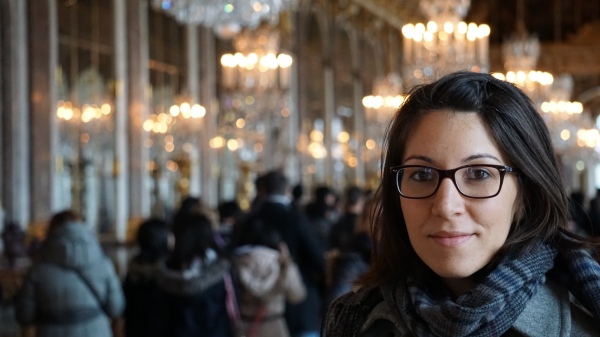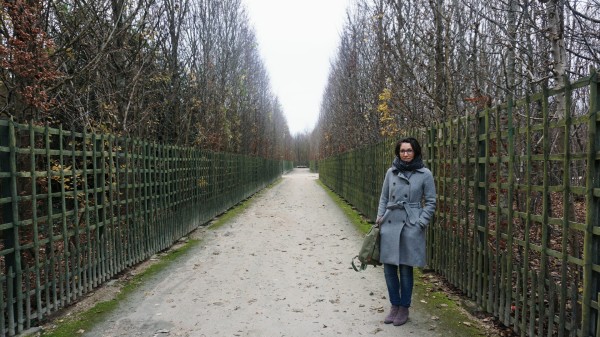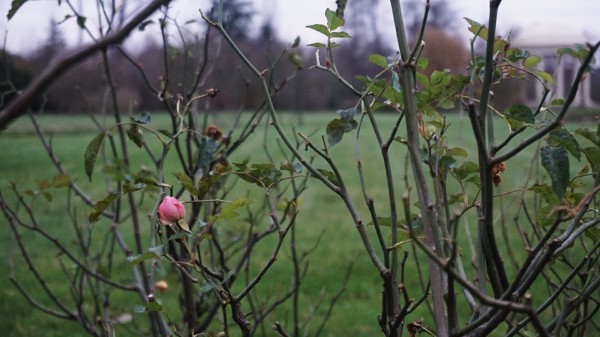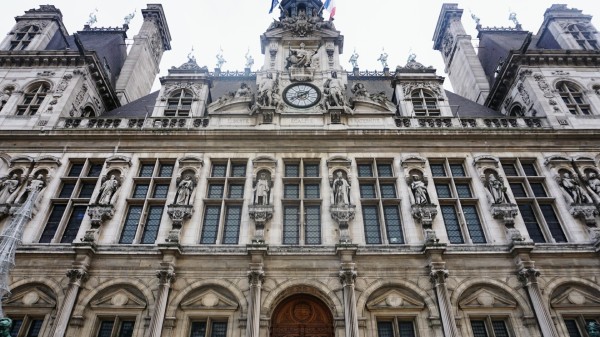Picasso, Dali, and milk cartons.
It’s been too long since I last wrote to the explorers that find this tiny thread among the interwebs. I have no excuse to offer other than that life experiences pushed me off my path.
For those of you who have written blogs at one time or another, rekindling it is a daunting task. I contemplated whether I should start a new one or if I should just abandon it completely. Even now I feel tangle of excitement and embarrassment as I write this.
To kick-start the blog, I asked my friend, writer, and world traveler, Anna Tomas Moreno, to grace this blog with her presence. Below, she shares her thoughts on the annual Gràcia festival. While I was living in Spain, friends took me to witness this wonderful happening of neighbors banding together to create ephemeral art. Without further ado, I’ll let Anna capture the true spirit of the festival…
L’art pour l’art at Barcelona
When I write about fine art or urban art (which comes from the hands of neighboring communities), everything flows, everything finds its proper place. I get carried away by a delicious stream that never sways as an illogical tide… Because that’s art. Live, feel, dream.
When my friend Maria invited me to contribute to her blog with this post on Mozart Street during the Celebrations of Gràcia in Barcelona (just a second and I’ll explain more about this festivity), I really started analyzing the concept of “urban art” and what value we give to certain pieces. Can we laugh of art? Can we make fun of it? Can we modify it?
Habermas and then Andy Warhol showed us the power of Art commercialization. I must admit it, it’s dizzying to think about quantifying the value of masterpieces like “Las Meninas” by Velázquez, the “Guernica” by Picasso, Modigliani or even Van Gogh.
“Les festes de Gràcia”, an annual festival in one of the most popular districts of Barcelona, has been held for decades already. Streets in the Gracia neighborhood competes among themselves to achieve the best exterior decoration. Each street transforms their space from one side to the other of their narrow dimensions. Only recyclable materials can be used, so the neighbors spend weeks before asking all residents to donate used objects such as water bottles, newspapers, and milk cartons.
Every street secretly picks a theme and brings it to life. This happening is truly an amazing act of community spirit that still exists nowadays. All their collaborative efforts culminate with a summer week that allows visitors to walk through different themes and locations, from Japan, the Paris of the twenties, the world of Avatar, or in this occasion through a different Art Museum in Mozart street. The neighbors decide whether each of their creations goes with the theme, the materials used, and if the tone should be a parody or honest, to faithfully recreate their vision.
For this one week, the streets of Gracia illustrate just how elaborate urban art can be. The immersive and ephemeral nature of the exhibits create fa truly magical experience. Each day I wandered the streets, I discovered a different piece. Even through the most poignant and ironic interpretations, I felt trapped by the installations artistic beauty. Even while typing my visceral experience, I still feel like I can touch the artwork, even with the tips of my eyelashes. Far from what we think some times, art is there: in every corner of our city, our room or/and every human being.
Therefore, I think it’s true, and more when it comes to artistic semantics and experiences: a picture is worth a thousand words. This is why I leave you with my selection of the Museum Mozart, which won the 5th position in the competition, even if I considered, like many more, the first place, specially after crossing all the streets with camera in hand.
Can we laugh about art? Yes, of course, and give our version accommodate it, and defend it or criticize it. Art is a broad discipline, involves everything we do, even a gesture. A brush or piece of chalk often makes us smile for its ability to highlight the passionate intensity of many spirits. And, last but not least, it shows that, in the end, life is nothing more than the pursuit of delicious golden crumbs.








































